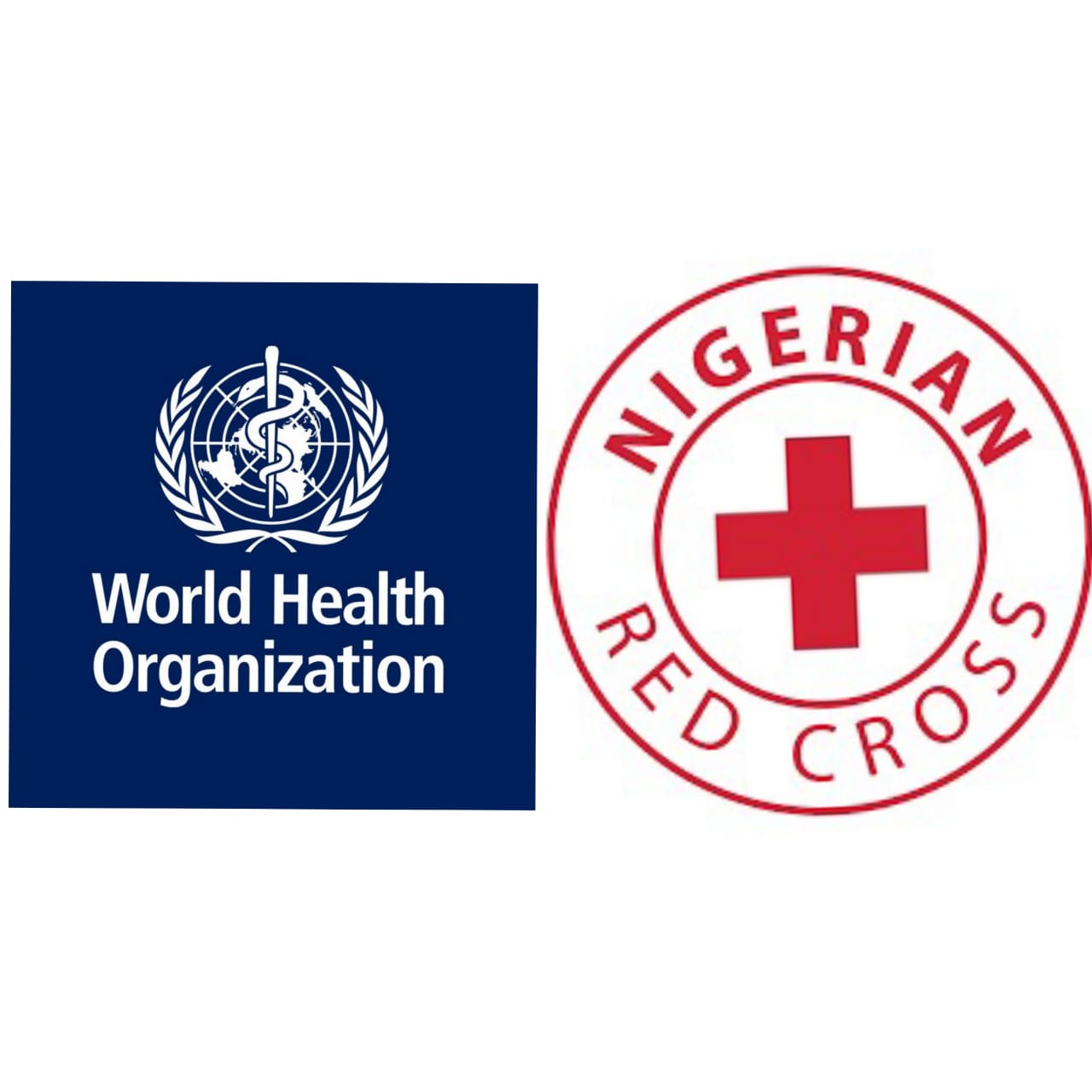
The health agencies said victims, who have died from trauma, drowning or fire “do not normally harbour organisms that cause disease with common precautions.
They added that exceptions are deaths resulting from infectious diseases such as Ebola, Marburg or cholera, or if disaster strikes in an area where infectious diseases are endemic.
They also noted the risk of diarrhoea from drinking water contaminated by faecal material from dead bodies.
The agencies added that routine disinfection of drinking water is sufficient to prevent waterborne illness, even though bodies should not be left in contact with drinking water sources.
Their advice came after major flooding in Libya and an earthquake in Morocco, with death tolls in the thousands.
Authorities often try to bury the dead as swiftly as possible, which can heighten suffering for relatives and create legal and administrative problems for victims’ families.
The Regional Forensics Advisor for Africa at the International Committee of the Red Cross, Bilal Sablouh, described the notion that corpses can spread disease as a misunderstanding which pushes people to hastily bury the dead.
Sablouh said, “But the idea that corpses can spread disease is a “misunderstanding (which) often pushes people to hastily bury the dead and make it more likely that people will go missing, leaving their loved ones in anguish for years to come.
“Those who survive an event like a natural disaster are more likely to spread disease than dead bodies,” added Pierre Guyomarch, head of forensics at the Red Cross.
Both the Red Cross and the WHO recommend identifying bodies and then burying them in individual, clearly marked graves whose locations are then documented for later traceability.
“We urge authorities in communities touched by tragedy to not rush forward with mass burials or mass cremations,” said WHO medical officer for biosafety and biosecurity in its Health Emergencies Programme, Dr Kazunobu Kojima.
“Dignified management of bodies is important for families and communities, and in the cases of conflict, is often an important component of bringing about a swiffer end to the fighting,” he said.




